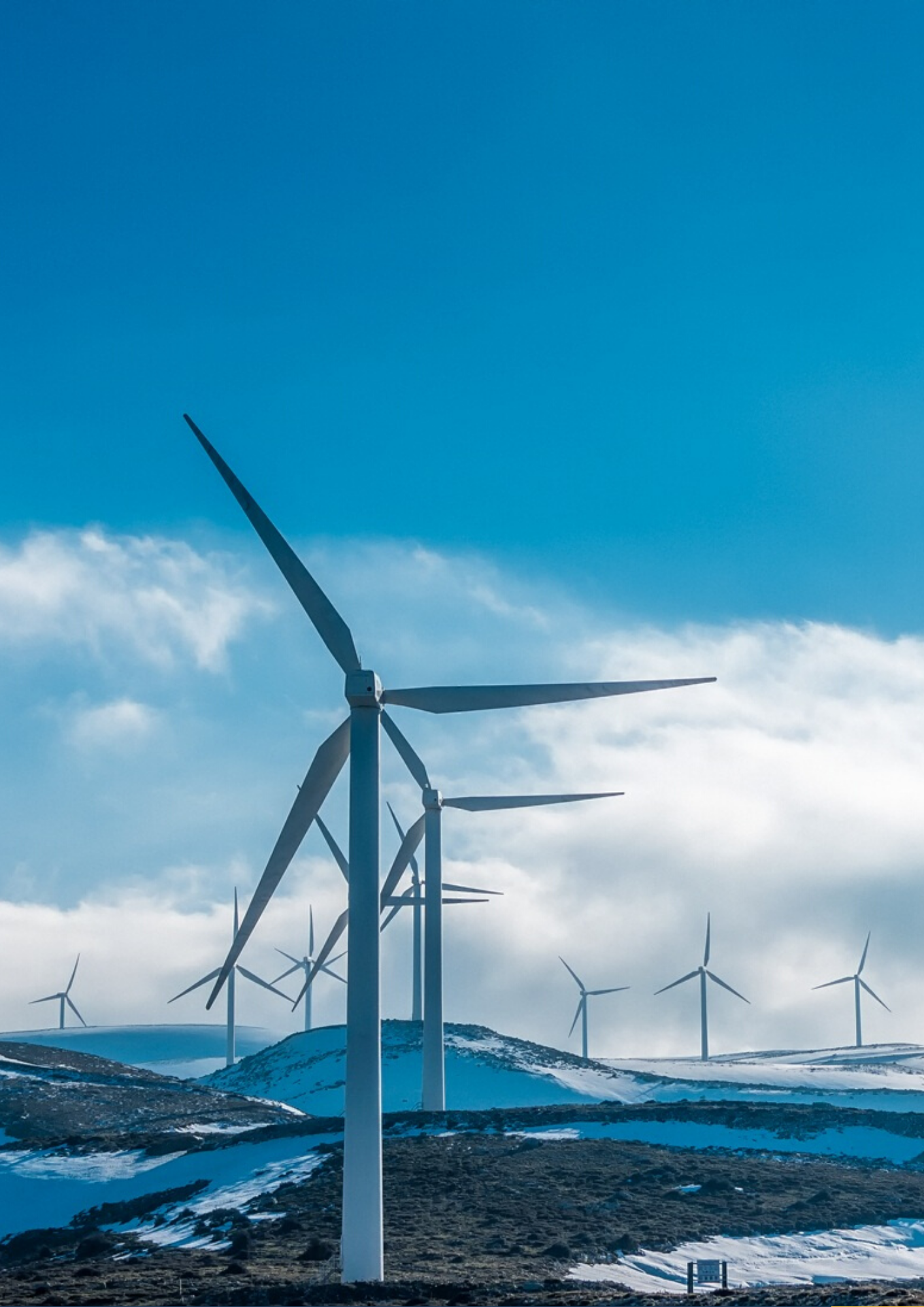Green hydrogen has become a cornerstone of Europe’s energy transition strategy. Technological and economic advances and explicit political and corporate support over the last two years have brought green hydrogen to the forefront of the energy and climate change agendas of many countries. Thus, green hydrogen is poised to play a crucial role in realising net zero-emissions energy systems envisioned by 2050 by these nations.
Supplying hydrogen to industrial users is now a major business around the world. Demand for hydrogen, which has grown more than threefold since 1975, continues to rise – almost entirely supplied from fossil fuels, with 6% of global natural gas and 2% of global coal going to hydrogen production.
With revenues for green hydrogen projected to exceed $200 billion by 2027, diverse opportunities will open up not only for renewable projects for its production, but also to use it as a long-term energy storage technology, to replace fossil fuels for mobility, and to become a major part of manufacturing and process industries. The transition to green hydrogen could provide $11 trillion of infrastructure investment opportunities over the next 30 years making a global business focus. The number of countries with polices that directly support investment in hydrogen technologies is increasing, along with the number of sectors they target


